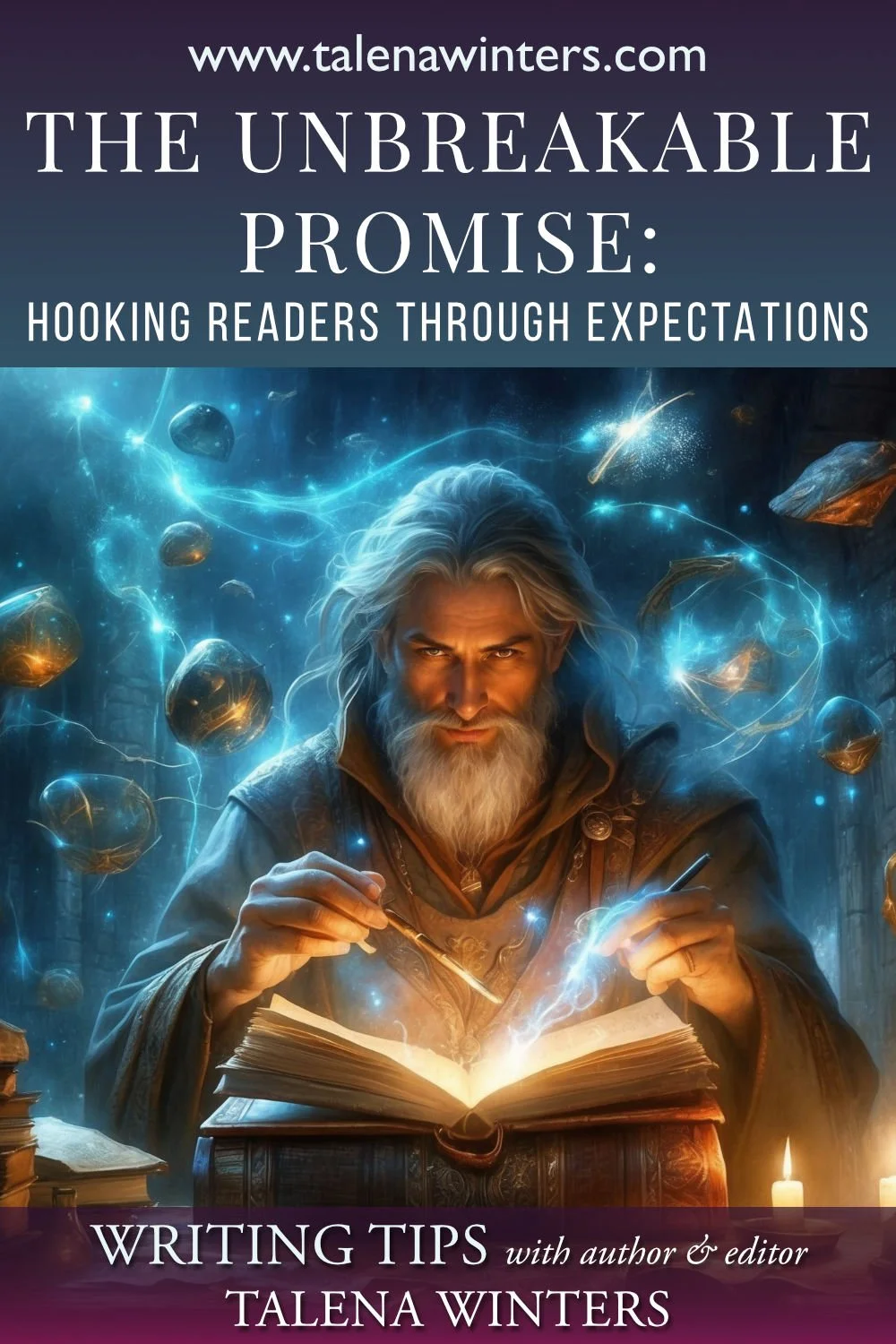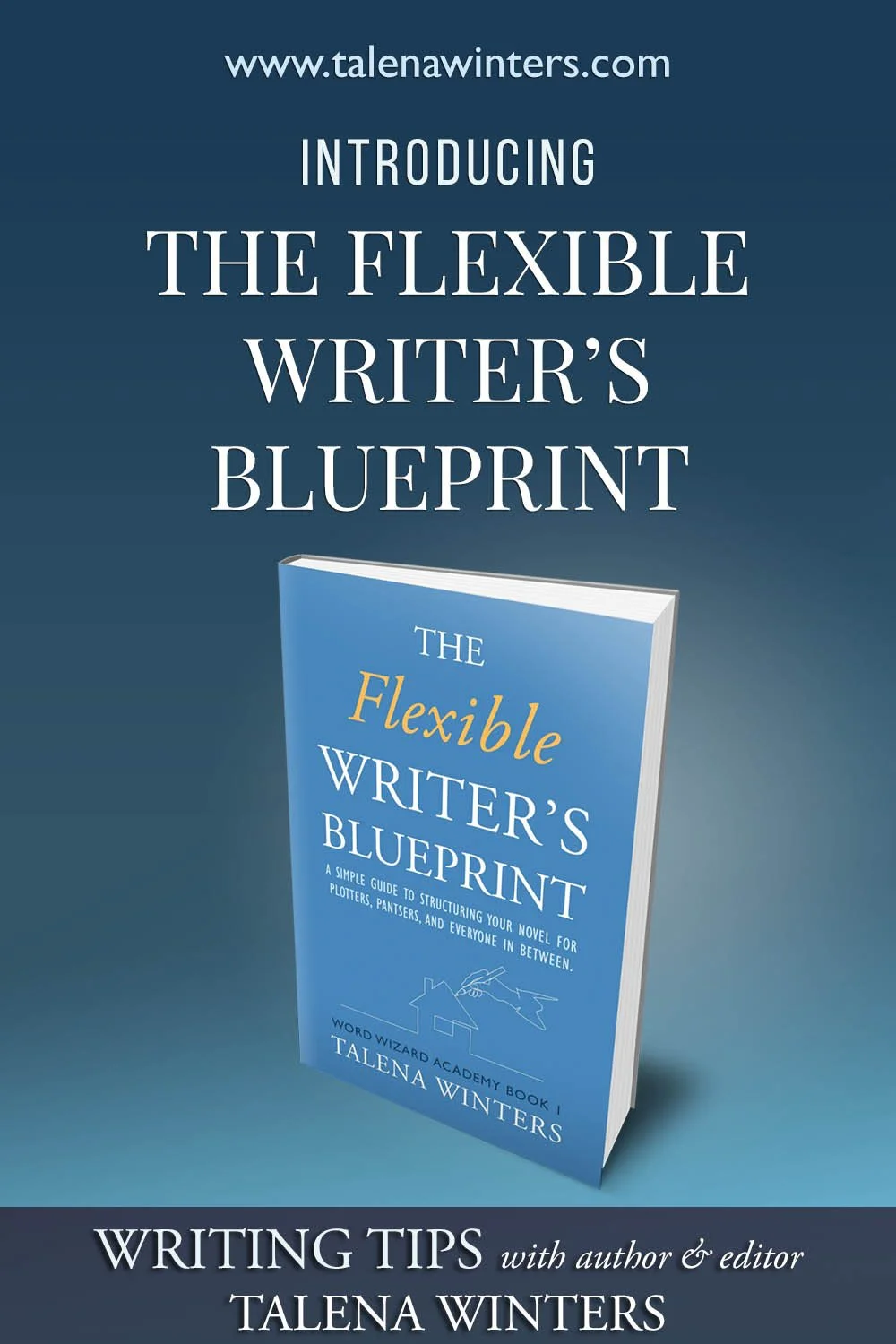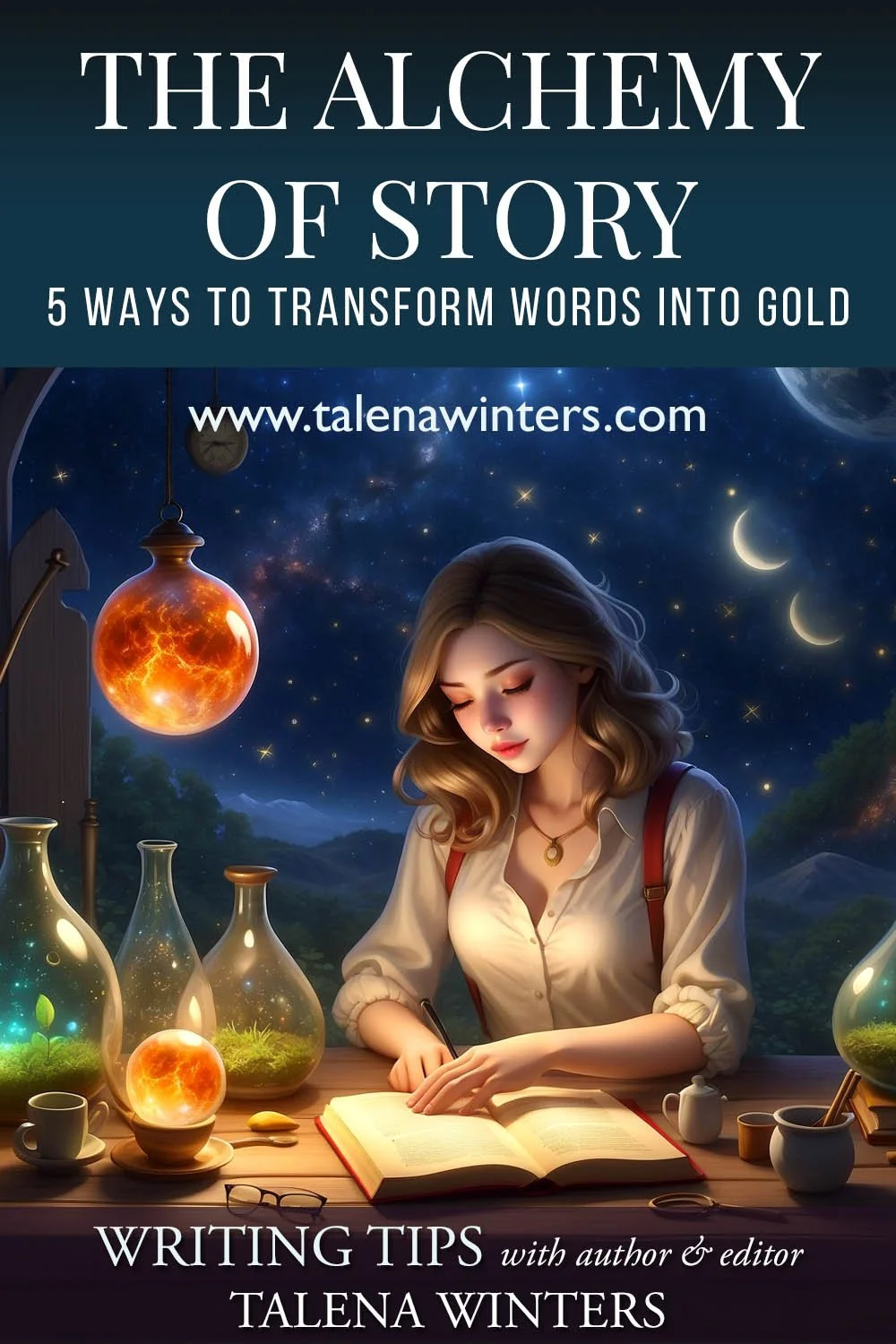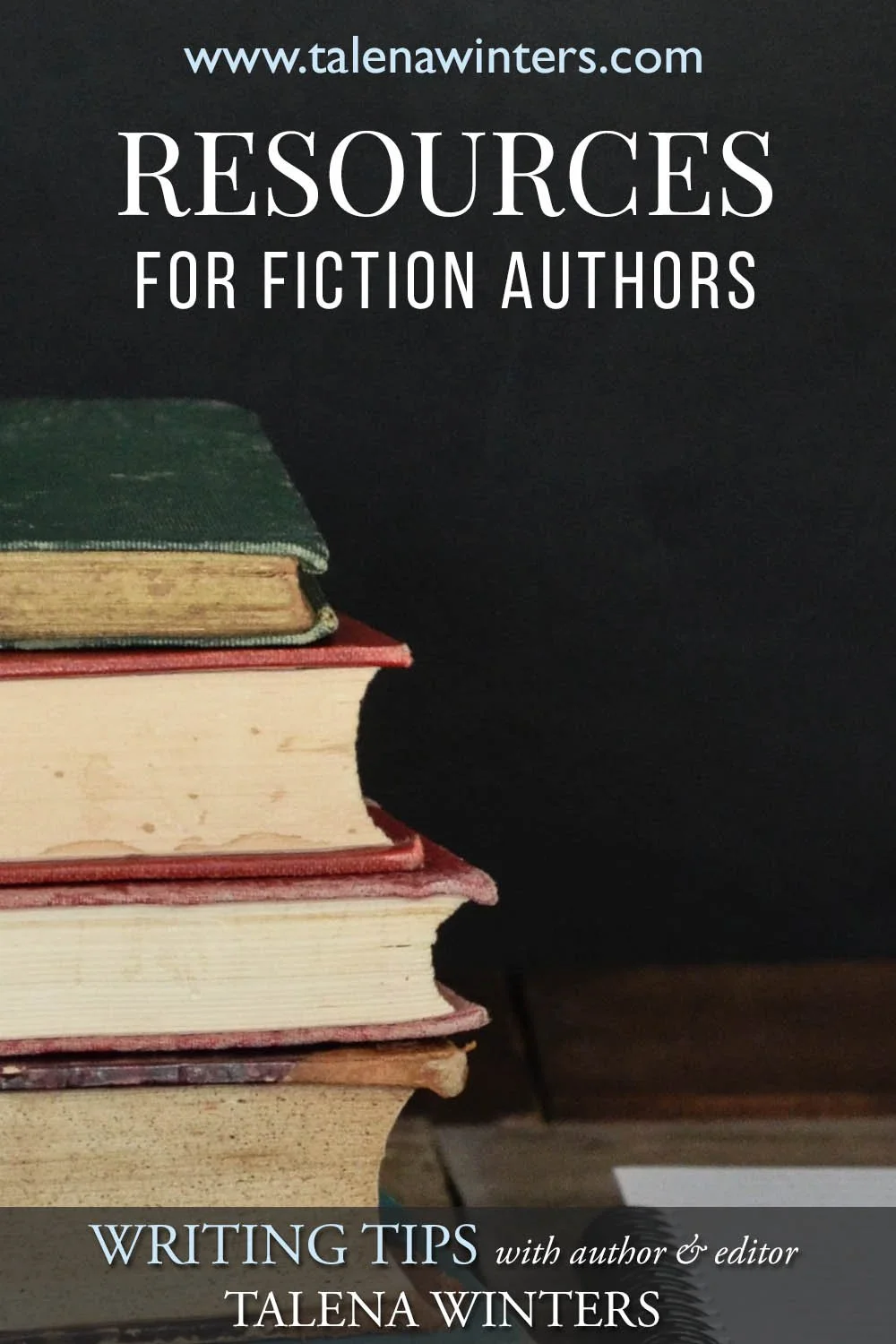Going Deep: How Deep POV Hooks Your Reader
Which of these passages is more engaging?
Derek laughed in her face. “You thought I’d want to take you to the dance?” he said, sneering, and then walked away, already thinking of who he should tell about her ridiculous request first.
Samantha stood there, watching him leave, her face dark, emotions swirling through her. She saw him clap his buddy on the back and laugh again, and she got angrier and angrier. She felt her heart beating hard against her ribs. She’d thought Derek liked her. She knew that everyone in school would hear about this by lunch. How can I ever show my face here again? she wondered.
OR
Derek laughed in her face. “You thought I’d want to take you to the dance?” His perfect mouth twisted into a sneer, and those sky-blue eyes Samantha had spent hours dreaming of narrowed. He turned and walked away, still laughing, and his buddies followed.
Samantha watched his retreating back, her gut clenched to the hardness of stone. Derek clapped Mark on the back and laughed again. She balled her fists, heat surging through her. Her heart pounded against her ribs. How could he do this to her?
Derek stopped to talk to a group of girls standing next to their lockers. Their pointed looks and fingers in her direction, followed by mocking laughter, left no doubt as to their topic of conversation. Everyone in the school would probably hear about this by lunch. Samantha wished the floor would open up and swallow her whole.
How can I ever show my face here again?
The second one, right? You have probably started to spot the differences between these two passages already, but let me sum it up for you: In the second example I removed narrator’s voice and used Deep Point of View (a.k.a. Deep POV).
In Deep POV, the world looks completely different. Photo courtesy of 123rf.com.
What is Deep POV?
In its simplest explanation, Deep POV is immersing ourselves so deeply into the character’s head that we forget we’re reading about someone else. We experience what the character experiences without any intruding thoughts or words that remind us that the author is narrating it to us, and we ONLY experience what the character could experience from inside their own head.
Let’s look at this in practice.
“Deep POV is immersing ourselves so deeply into the character’s head that we forget we’re reading about someone else.”
No Head-Hopping
In my sample passage, the POV character is Samantha. Did you get that right away when you read the first example? Probably not, because the first character you see is Derek, but not through Samantha’s eyes. We see inside Derek’s head with the phrase “already thinking of who he should tell first.”
Samantha can’t know what Derek is thinking—unless she has telepathic abilities, that is, but most characters don’t. So make sure that whatever information is gathered is gathered the POV character’s senses, such as through body language, dialogue, etc. They can come to conclusions about what someone is thinking, but they can never know for sure.
In the second example, Samantha gathers that this embarrassing encounter is going to make the gossip-chain rounds at blinding speed because she sees it happening. Not only does this get the reader engaged, by showing this event instead of just telling us what she assumes, we get a stronger visual picture of the scene in our heads, and we empathize with her more. We are more immersed and more invested.
The other thing that goes with this is that characters can’t see their own faces. Anytime you describe a POV character’s face or expression, you are looking at it from the outside (unless the character is looking in a mirror). Rethink how that emotion feels from inside their head, and describe that, instead. Readers are smart. We’ll see a dark expression to go along with those clenched fists.
Use Your POV Character’s Filters
In the second example, you knew right away that we were looking at Derek through Samantha’s eyes, right? Not only did she describe him, but she described him coloured by her own emotions about him. This is a hugely effective tool for revealing character to the reader.
She didn’t just describe his twisted mouth or his narrowed eyes—she called it his perfect mouth, and thought about how she’d dreamed about his sky-blue eyes. You can bet this infatuated girl knew their colour!
Using a character’s filters when describing things is important—it will affect what you describe and how you describe it.
For instance, if your POV character is a dirt biking enthusiast walking down the street, he is most likely going to notice the crotch-rocket speeding toward him before he notices the person that is sitting on it. He’ll probably know the make, model, and year, and have some emotion of appreciation, envy, or perhaps disgust at the rider’s taste or social status based on the cost of the bike. It might even trigger his own insecurities.
The young mom holding hands with two small children walking beside our dirt bike aficionado will probably see a potential danger to her children, be disgusted that the rider is being so reckless, clutch her children’s hands more tightly and hold them out of harm’s way. She won’t care about the bike at all, other than how it poses a danger to her family. She might not even notice the colour. But she’ll probably try to see the face of the person riding it so she can figure out if she knows them, or maybe look at the license plate so she can report them for reckless driving.
Describing a scene will change, based on whose filters you are looking through.
Remove Narrator’s Voice
When you hear “narrator,” you may be thinking of a deep, grandfatherly voice saying “Once upon a time…”
While this is certainly narrating, and stories like fairy tales and fables use this heavily to tell their narrative, this is not what I’m referring to.
In Deep POV, “narrator’s voice” refers to subtle words that sneak in that remind the reader there is a third person between them and the character—the author. These words describe actions that, as people, we don’t think about, we just do or experience. Words like saw, felt, knew, realized, heard. Once in a while, these words are necessary, but only in a situation where the character realizes they haven’t heard the baby cry for quite some time, or something like that. (Even that could be written without the “realizes” in context.) But most of them could be cut, and it will only make the writing stronger.
Look at my examples again. Do you see the words saw, felt, thought, knew, and wondered in my first one? And do you see how removing these buffers and simply describing exactly what the character was doing, feeling, or thinking made the second example much more immersive?
It’s very easy to fall into the trap of using these, even when you are used to working in Deep POV. No worries—that’s what the Search function and revision is for. Keep a list of your crutch words handy so you can weed them out later. You’ll find more with every project, trust me.
Remove Dialogue Tags
In the first example, I included “said” for Derek and “wondered” for Samantha’s direct thought.
Did you miss them in the second one? Were you confused about who was talking or thinking?
Most of the time, it is much more effective and a better use of word count to attribute dialogue using an action or emotional beat. Instead of wasting words with dialogue tags (which are a form of narrator’s voice), use those words to tell us something we don’t already know.
In the case of direct thoughts, you never really need to attribute them, as the only person’s thoughts that we should be hearing is the POV character’s.
An excellent resource I recommend for getting better at writing Deep POV is The Emotion Thesaurus by Angela Ackerman and Rebecca Puglisi. It will help you find both outward, physical tells of an emotion and inward, visceral reactions for emotions, so you can make both your character’s observations of others and their own, internal action beats stronger.
So, go forth and go deep—very deep. Then watch your writing reel people in and not let go.
What are your thoughts? Do you struggle with Deep POV? What are your common habits that you have to watch for when writing in Deep POV? Let me know in the comments below!
Do you want some help making your writing more immersive? Ask me about getting a Partial Manuscript Assessment on your first 20 pages to help you nail down what areas you need to improve to make your story sing. Contact me through my Editorial Services page.
Happy writing!
Talena Winters is a freelance developmental editor, independent author, magazine writer, and tea and silver lining addict. She specializes in helping struggling self-published fiction and memoir authors unlock their inner writing wizards and unleash story magic. See her editing services here.














Do real writers need to write every day? I tackle this question in today's post to uncover what's myth and what's fact.